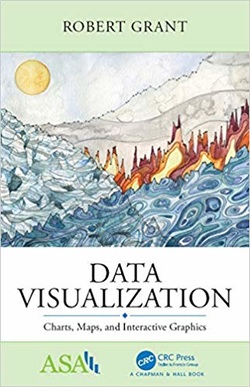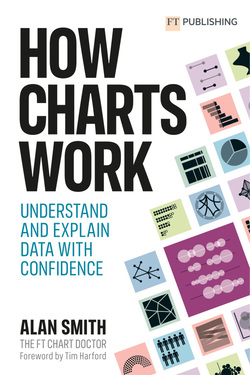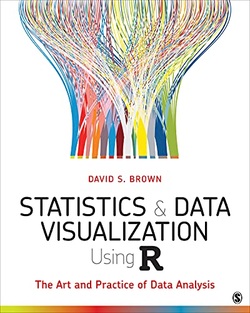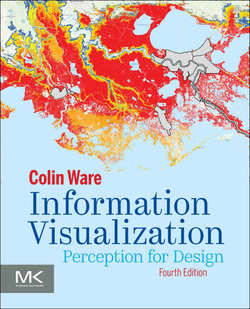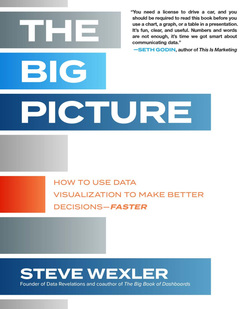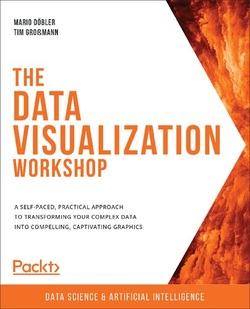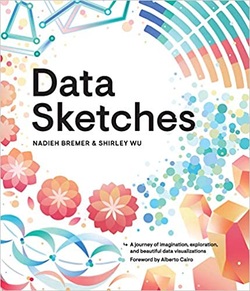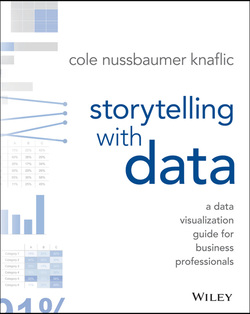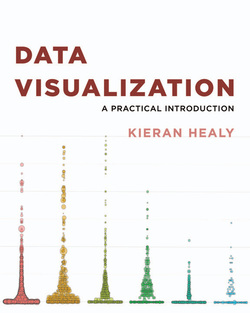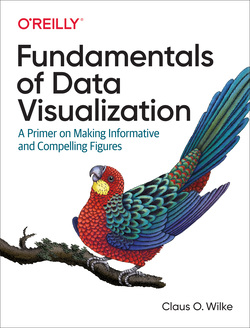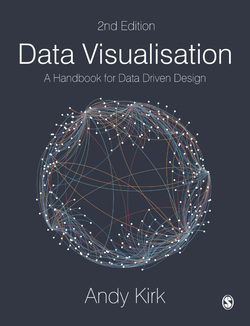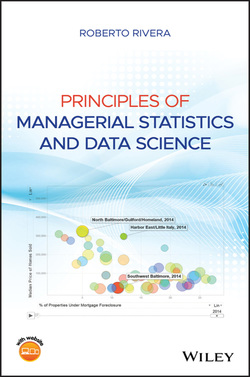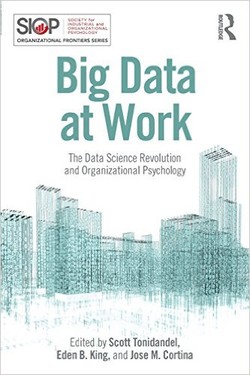مصورسازی داده ها؛ نمودارها، نقشه ها و گرافیک تعاملی
قیمت 16,000 تومان
سال انتشار: 2018 | تعداد صفحات: 248 | حجم فایل: 63.78 مگابایت | زبان: انگلیسی
Data Visualization: Charts, Maps, and Interactive Graphics (ASA-CRC Series on Statistical Reasoning in Science and Society)
ناشر:
Chapman and Hall – CRC
This is the age of data. There are more innovations and more opportunities for interesting work with data than ever before, but there is also an overwhelming amount of quantitative information being published every day. Data visualisation has become big business, because communication is the difference between success and failure, no matter how clever the analysis may have been. The ability to visualize data is now a skill in demand across business, government, NGOs and academia.
Data Visualization: Charts, Maps, and Interactive Graphics gives an overview of a wide range of techniques and challenges, while staying accessible to anyone interested in working with and understanding data.
Features:
Focusses on concepts and ways of thinking about data rather than algebra or computer code.
Features 17 short chapters that can be read in one sitting.
Includes chapters on big data, statistical and machine learning models, visual perception, high-dimensional data, and maps and geographic data.
Contains more than 125 visualizations, most created by the author.
Supported by a website with all code for creating the visualizations, further reading, datasets and practical advice on crafting the images.
Whether you are a student considering a career in data science, an analyst who wants to learn more about visualization, or the manager of a team working with data, this book will introduce you to a broad range of data visualization methods.
Cover image: Landscape of Change uses data about sea level rise, glacier volume decline, increasing global temperatures, and the increasing use of fossil fuels. These data lines compose a landscape shaped by the changing climate, a world in which we are now living
